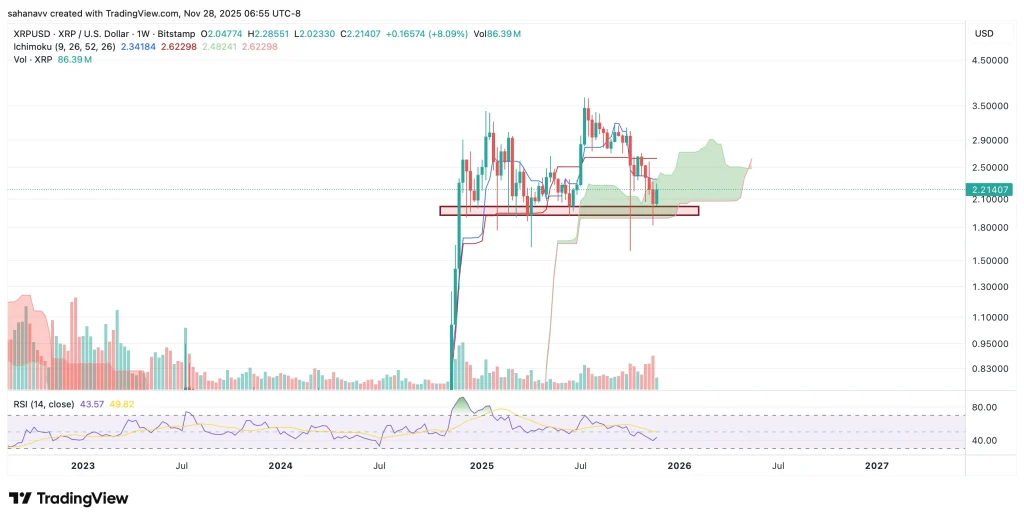The EU's Ethereum-Based Digital Euro: A Strategic Catalyst for Blockchain Infrastructure and DeFi Growth
- EU selects Ethereum as foundational layer for digital euro, challenging U.S. stablecoin dominance and validating its scalability and compliance. - Ethereum's smart contracts, energy-efficient post-Merge model, and GDPR-aligned ZK-Rollups address scalability, privacy, and regulatory needs. - Infrastructure providers (Infura, zkSync) and DeFi platforms (Uniswap) stand to benefit from increased demand for CBDC operations and liquidity. - Geopolitical shift reduces reliance on U.S. payment systems, with Ethe
The European Union's decision to explore Ethereum as the foundational layer for its digital euro marks a seismic shift in global finance. By embracing public blockchain technology, the EU is not only challenging the dominance of U.S.-backed stablecoins but also validating Ethereum's role as a scalable, compliant, and programmable infrastructure for sovereign digital currencies. This move accelerates blockchain adoption at an institutional level, positioning Ethereum-based protocols and DeFi platforms as prime beneficiaries of a rapidly evolving financial ecosystem.
Ethereum's Strategic Edge in the Digital Euro Race
The European Central Bank (ECB) has identified Ethereum as a critical infrastructure candidate due to its robust smart contract capabilities, energy-efficient post-Merge consensus model, and alignment with the EU's Markets in Crypto-Assets (MiCA) regulatory framework. Unlike private blockchains, Ethereum's public nature ensures interoperability with global DeFi systems, enabling the digital euro to function as a programmable asset. This programmability allows for automated cross-border settlements, conditional payments, and tokenized securities—features that align with the ECB's vision for a versatile CBDC.
Ethereum's Layer-2 scaling solutions, such as ZK-Rollups (e.g., StarkWare, zkSync), are particularly compelling. These protocols address scalability and privacy concerns while adhering to GDPR requirements. For instance, ZK-Rollups can process thousands of transactions per second with minimal energy consumption, making them ideal for retail-level transactions. Meanwhile, privacy-preserving tools like Aztec Protocol are being evaluated to reconcile public blockchain transparency with EU data protection laws.
Infrastructure and Liquidity Layers: The Hidden Winners
The digital euro's integration with Ethereum will directly benefit infrastructure and liquidity providers. Key players include:
- Node Infrastructure Providers:
- Infura and Alchemy, which provide Ethereum node services, are expected to see surging demand as the digital euro project scales. These platforms enable smart contract execution and data verification, critical for CBDC operations.
Layer-2 Scaling Solutions:
- StarkWare and zkSync are leading the charge in ZK-Rollup adoption. Their ability to handle high-volume, privacy-preserving transactions aligns with the ECB's need for scalable infrastructure.
DeFi Liquidity Platforms:
- Decentralized exchanges (DEXs) like Uniswap and Curve are already processing $24.5 billion in monthly trading volume. The digital euro's integration could further boost liquidity, enabling institutional-grade tokenized asset trading.
Cross-Chain Bridges:
- Protocols like Wormhole and Chainlink CCIP are being optimized to facilitate seamless asset transfers between Ethereum and Solana , ensuring the digital euro operates across multiple chains.
Institutional Validation and Geopolitical Implications
The EU's adoption of Ethereum underscores a broader geopolitical strategy to assert financial sovereignty. By leveraging public blockchains, the EU aims to reduce reliance on U.S. payment systems and counter the influence of China's digital yuan. This institutional validation strengthens Ethereum's position as a global financial layer, attracting capital from both venture and traditional finance.
For example, the European Investment Bank's 2021 issuance of a €100 million digital bond on Ethereum demonstrated the platform's institutional readiness. Similarly, BlackRock and JPMorgan's participation in Ethereum-based DeFi pilots highlights growing trust in the network's security and compliance.
Investment Case: Timing the Digital Euro Catalyst
With the ECB expected to finalize its decision by October 2025, now is the optimal time to invest in Ethereum-based infrastructure and liquidity layers. Key opportunities include:
- ZK-Rollup Protocols: StarkWare and zkSync are likely to see increased demand for scalability solutions.
- Privacy Tools: Aztec Protocol's zero-knowledge proofs could become essential for GDPR-compliant transactions.
- Staking Infrastructure: Liquid staking derivatives (LSDs) like Rocket Pool and REX-Osprey offer yield generation opportunities for digital euro reserves.
- Cross-Chain Bridges: Wormhole and Chainlink CCIP are critical for multi-chain interoperability.
Investors should also monitor Ethereum's price action, as the digital euro's adoption could drive institutional capital into the network. ****
Conclusion: A New Era for Blockchain Finance
The EU's Ethereum-based digital euro is more than a technological experiment—it's a strategic move to redefine global finance. By validating public blockchains as a sovereign infrastructure, the EU is accelerating blockchain adoption and institutional trust in Ethereum. For investors, this represents a unique opportunity to capitalize on the next phase of digital finance, where programmable money and DeFi redefine liquidity, privacy, and cross-border transactions.
The window to act is closing. As the ECB moves toward a final decision in late 2025, Ethereum-based protocols and DeFi platforms stand to gain unprecedented traction. Positioning now in infrastructure and liquidity layers could yield outsized returns as the digital euro transitions from concept to reality.
Disclaimer: The content of this article solely reflects the author's opinion and does not represent the platform in any capacity. This article is not intended to serve as a reference for making investment decisions.
You may also like
No wonder Buffett finally bet on Google
Google holds the entire chain in its own hands. It does not rely on Nvidia and possesses efficient, low-cost computational sovereignty.

HYPE Price Prediction December 2025: Can Hyperliquid Absorb Its Largest Supply Shock?

XRP Price Stuck Below Key Resistance, While Hidden Bullish Structure Hints at a Move To $3

Bitcoin Price Prediction: Recovery Targets $92K–$101K as Market Stabilizes